Home>Furniture & Design>Interior Design Trends>How Much Vitamin D In A Glass Of Milk
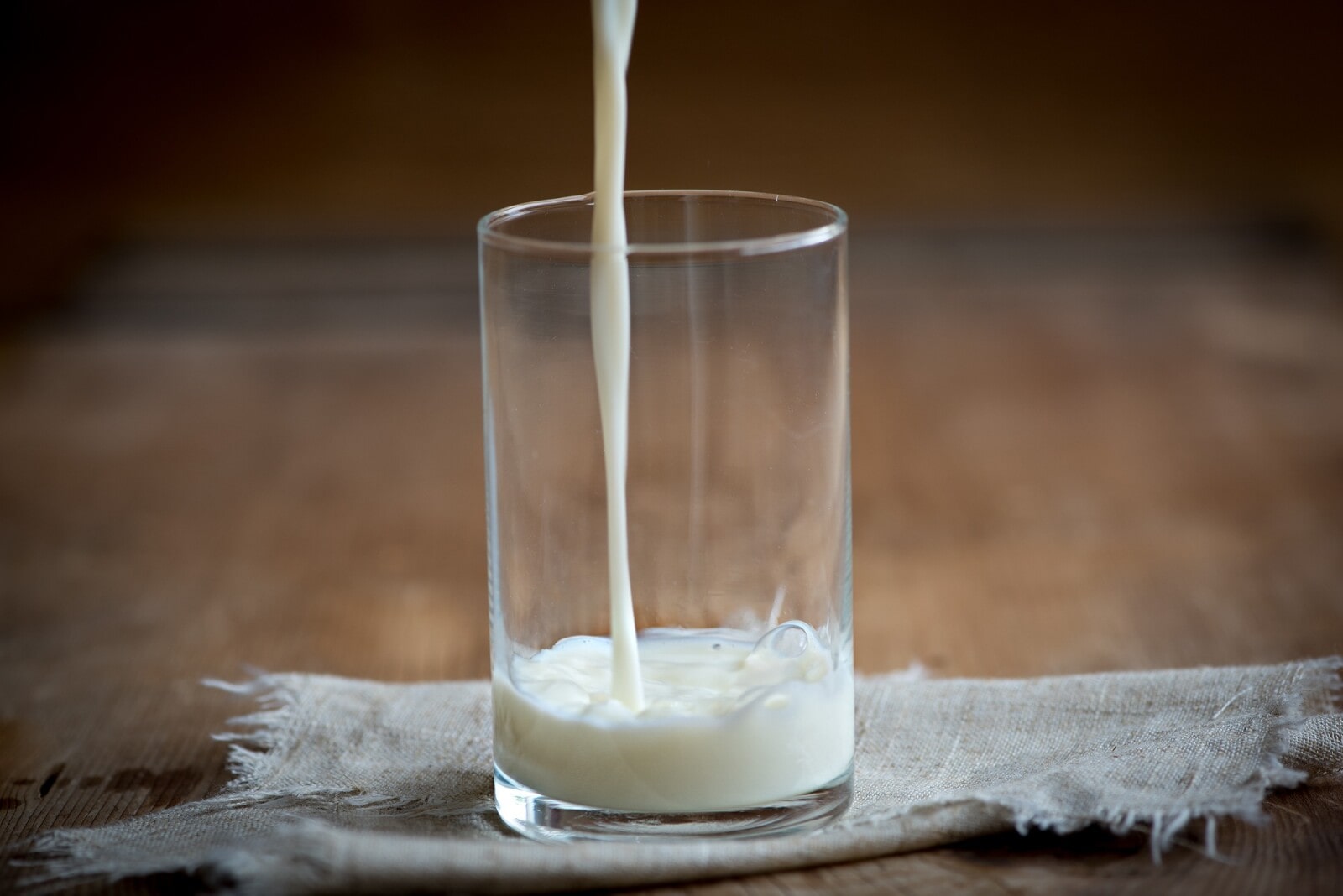

Interior Design Trends
How Much Vitamin D In A Glass Of Milk
Published: February 5, 2024
Discover the importance of vitamin D in a glass of milk and its impact on interior design trends. Learn how this essential nutrient can enhance your living space.
(Many of the links in this article redirect to a specific reviewed product. Your purchase of these products through affiliate links helps to generate commission for Storables.com, at no extra cost. Learn more)
Importance of Vitamin D
Vitamin D, often referred to as the "sunshine vitamin," plays a crucial role in maintaining overall health and well-being. This essential nutrient is renowned for its multifaceted benefits, ranging from supporting bone health to bolstering the immune system.
First and foremost, vitamin D is instrumental in promoting strong and healthy bones. It aids in the absorption of calcium and phosphorus, pivotal minerals that are vital for bone mineralization and growth. Without adequate vitamin D, the body struggles to utilize these minerals effectively, leading to weakened bones and an increased risk of fractures and bone disorders, such as osteoporosis.
Moreover, vitamin D exerts a profound influence on immune function. It has been shown to modulate the immune response, helping the body defend against infections and diseases. By enhancing the innate immune system's ability to combat pathogens, vitamin D contributes to overall immune resilience.
In addition to its bone and immune benefits, vitamin D has been linked to mood regulation and mental well-being. Research suggests that adequate levels of vitamin D may play a role in supporting mental health, potentially reducing the risk of depression and enhancing overall mood.
Furthermore, emerging studies have indicated that vitamin D may have a protective effect against certain chronic conditions, including cardiovascular diseases, diabetes, and certain types of cancer. While further research is needed to fully elucidate these potential benefits, the findings underscore the far-reaching impact of vitamin D on overall health.
Given its diverse physiological roles, ensuring sufficient vitamin D levels is paramount for maintaining optimal health. While sunlight exposure remains a primary source of vitamin D, dietary intake, including fortified foods such as milk, serves as a crucial supplementary means of meeting the body's vitamin D requirements.
In the subsequent sections, we will delve into the specific content of vitamin D in milk, the recommended daily intake, and alternative sources to help you harness the benefits of this essential nutrient for your well-being.
Key Takeaways:
- Vitamin D in milk helps keep bones strong and supports the immune system. It’s like a superhero nutrient that fights off bad germs and keeps our bones tough!
- Milk with vitamin D is like a tasty health potion. It’s an easy way to get the vitamin D we need for strong bones and a tough immune system. Plus, it can help keep us happy too!
Read more: How Much Calcium In A Glass Of Milk
Vitamin D in Milk
Milk has long been recognized as a nutritional powerhouse, revered for its rich content of essential nutrients, including calcium, protein, and, notably, vitamin D. When it comes to vitamin D, milk holds a prominent position as a valuable dietary source of this crucial nutrient.
The vitamin D content in milk is a result of fortification, a process in which the vitamin is added to the milk to enhance its nutritional value. This fortification is a strategic measure aimed at addressing widespread vitamin D insufficiency, particularly in regions with limited sunlight exposure, where the body's natural synthesis of vitamin D is compromised.
In the United States, for instance, most commercially available cow's milk is fortified with vitamin D, with approximately 115-124 IU (International Units) of vitamin D per 8-ounce serving. This fortification level is carefully calibrated to contribute significantly to the daily vitamin D intake, thereby supporting overall health and mitigating the risk of deficiency-related complications.
The fortification of milk with vitamin D has proven to be a pivotal public health intervention, effectively addressing the challenge of inadequate vitamin D levels in populations, especially during seasons or in geographical areas where sunlight exposure is limited. By incorporating vitamin D into milk, a widely consumed staple in many households, public health initiatives have successfully bolstered the accessibility of this essential nutrient, thereby promoting population-wide health and well-being.
It is important to note that the vitamin D content in milk may vary depending on the specific product and brand. Therefore, it is advisable to check the nutrition labels to ascertain the exact vitamin D concentration in a particular type of milk. Additionally, alternative milk varieties, such as soy milk, almond milk, and oat milk, may also undergo fortification with vitamin D, albeit at varying levels, catering to diverse dietary preferences and requirements.
Incorporating vitamin D-fortified milk into one's diet presents a convenient and effective means of augmenting the body's vitamin D reserves. Whether enjoyed on its own, added to cereals, or blended into smoothies, fortified milk stands as a versatile and palatable vehicle for delivering this vital nutrient, contributing to the overall nutritional adequacy of the diet.
In the subsequent sections, we will delve into the specific content of vitamin D in milk, the recommended daily intake, and alternative sources to help you harness the benefits of this essential nutrient for your well-being.
How Much Vitamin D is in a Glass of Milk?
When assessing the vitamin D content in a glass of milk, it is essential to consider the fortification levels and serving size. In the context of cow's milk, which is the most commonly consumed type, an 8-ounce (approximately 240 milliliters) serving typically contains around 115-124 International Units (IU) of vitamin D. This standardized fortification level is meticulously calibrated to contribute significantly to the daily vitamin D intake, thereby supporting overall health and mitigating the risk of deficiency-related complications.
The fortification process involves the deliberate addition of vitamin D to milk, ensuring that each serving provides a substantial portion of this essential nutrient. This strategic measure is particularly crucial in regions where sunlight exposure is limited, as it helps address the challenge of inadequate vitamin D levels in populations. By fortifying milk with vitamin D, public health initiatives have effectively enhanced the accessibility of this vital nutrient, thereby promoting population-wide health and well-being.
It is important to note that the specific vitamin D content in a glass of milk may vary depending on the brand and product type. Therefore, individuals are encouraged to refer to the nutrition labels on milk packaging to ascertain the exact concentration of vitamin D in a particular serving. Additionally, alternative milk varieties, such as soy milk, almond milk, and oat milk, may also undergo fortification with vitamin D, albeit at varying levels, catering to diverse dietary preferences and requirements.
Incorporating vitamin D-fortified milk into one's diet presents a convenient and effective means of augmenting the body's vitamin D reserves. Whether enjoyed on its own, added to cereals, or blended into smoothies, fortified milk stands as a versatile and palatable vehicle for delivering this vital nutrient, contributing to the overall nutritional adequacy of the diet.
The vitamin D content in a glass of milk serves as a valuable contribution to the daily intake of this essential nutrient, playing a pivotal role in supporting overall health and well-being. By understanding and leveraging the vitamin D content in milk, individuals can make informed dietary choices to ensure adequate intake of this crucial nutrient, thereby fortifying their health and vitality.
In the subsequent sections, we will delve into the recommended daily intake of vitamin D and explore alternative sources to help you harness the benefits of this essential nutrient for your well-being.
One cup of milk typically contains about 115-130 IU of vitamin D, which is around 15-25% of the recommended daily intake.
Recommended Daily Intake of Vitamin D
The recommended daily intake of vitamin D is a pivotal consideration in optimizing overall health and well-being. The guidelines for vitamin D intake are established to ensure that individuals attain adequate levels of this essential nutrient, thereby supporting various physiological functions and mitigating the risk of deficiency-related complications.
The recommended daily intake of vitamin D varies across different age groups and life stages. For infants, the American Academy of Pediatrics recommends a daily vitamin D supplement of 400 IU, beginning shortly after birth and continuing throughout infancy, particularly for breastfed infants who may have limited exposure to sunlight. This supplementation is crucial for supporting proper bone development and overall growth in early childhood.
In children and adolescents, the recommended daily intake of vitamin D stands at 600 IU. This level is deemed sufficient for promoting optimal bone health and supporting the growing body's calcium absorption and utilization. Adequate vitamin D intake during these formative years is instrumental in establishing a solid foundation for skeletal strength and resilience.
For adults up to the age of 70, the recommended daily intake of vitamin D remains at 600 IU. This level is deemed adequate for maintaining bone health, supporting immune function, and contributing to overall well-being. However, for adults over the age of 70, the recommended daily intake increases to 800 IU, recognizing the potential impact of aging on vitamin D metabolism and the body's ability to utilize this essential nutrient effectively.
Pregnant and lactating individuals also have specific requirements for vitamin D intake. The recommended daily intake during pregnancy and lactation is set at 600 IU, ensuring that both the maternal and fetal needs for vitamin D are met, thereby supporting maternal bone health and the developing infant's skeletal growth.
It is important to note that while these recommended daily intake levels serve as general guidelines, individual requirements may vary based on factors such as sunlight exposure, dietary habits, and underlying health conditions. Therefore, consulting with a healthcare professional to determine personalized vitamin D needs is advisable, particularly for individuals with specific health concerns or those at risk of deficiency.
In addition to dietary sources and supplements, sunlight exposure remains a primary means of obtaining vitamin D. The body synthesizes vitamin D when the skin is exposed to sunlight, making it an invaluable natural source of this essential nutrient. However, factors such as geographical location, season, skin pigmentation, and sunscreen use can influence the body's ability to produce vitamin D from sunlight, necessitating a multifaceted approach to meeting vitamin D requirements.
By adhering to the recommended daily intake of vitamin D and leveraging diverse sources, including fortified foods, supplements, and sunlight exposure, individuals can effectively maintain optimal vitamin D levels, thereby supporting bone health, immune function, and overall well-being.
In the subsequent section, we will explore alternative sources of vitamin D, providing insights into additional avenues for meeting the body's requirements for this essential nutrient.
Other Sources of Vitamin D
In addition to fortified foods such as milk, a diverse array of dietary sources and supplements offer valuable avenues for obtaining vitamin D. Understanding and incorporating these alternative sources into one's diet can significantly contribute to meeting the body's requirements for this essential nutrient.
Fatty fish, including salmon, mackerel, and tuna, stand out as prominent natural sources of vitamin D. These nutrient-rich marine delicacies boast substantial vitamin D content, making them valuable additions to a vitamin D-focused diet. Incorporating these fish varieties into regular meal plans can provide a significant boost to one's vitamin D intake, complementing other dietary sources and fortifications.
Egg yolks represent another noteworthy source of vitamin D. With approximately 7% of the daily value of vitamin D per large egg, incorporating eggs into meals offers a convenient and versatile means of augmenting the body's vitamin D reserves. Whether enjoyed as part of a hearty breakfast or integrated into various culinary creations, eggs present a practical option for enhancing vitamin D intake.
Mushrooms, particularly those exposed to ultraviolet (UV) light during growth or processing, can also serve as a natural source of vitamin D. When exposed to UV light, mushrooms have the capacity to synthesize and accumulate vitamin D, thereby offering a plant-based source of this essential nutrient. Including UV-exposed mushrooms in culinary endeavors can provide a unique and nutrient-rich addition to the diet, contributing to overall vitamin D intake.
Furthermore, fortified foods beyond milk, such as certain breakfast cereals, orange juice, and yogurt, offer additional opportunities to augment vitamin D intake. These fortified products are meticulously enhanced with vitamin D, aligning with public health initiatives aimed at addressing widespread vitamin D insufficiency and promoting overall well-being. By incorporating these fortified foods into daily dietary choices, individuals can further diversify their vitamin D sources, contributing to comprehensive nutritional adequacy.
Supplements also play a crucial role in supporting vitamin D intake, particularly for individuals with specific dietary restrictions, limited sunlight exposure, or heightened vitamin D requirements. Vitamin D supplements are available in various formulations and dosages, catering to diverse needs and preferences. Consulting with a healthcare professional can provide valuable insights into personalized supplementation strategies, ensuring that individuals attain optimal vitamin D levels to support overall health and well-being.
By embracing a multifaceted approach to vitamin D intake, encompassing natural sources, fortified foods, and supplements, individuals can effectively fortify their health and vitality, harnessing the diverse benefits of this essential nutrient for optimal well-being.
Frequently Asked Questions about How Much Vitamin D In A Glass Of Milk
Was this page helpful?
At Storables.com, we guarantee accurate and reliable information. Our content, validated by Expert Board Contributors, is crafted following stringent Editorial Policies. We're committed to providing you with well-researched, expert-backed insights for all your informational needs.
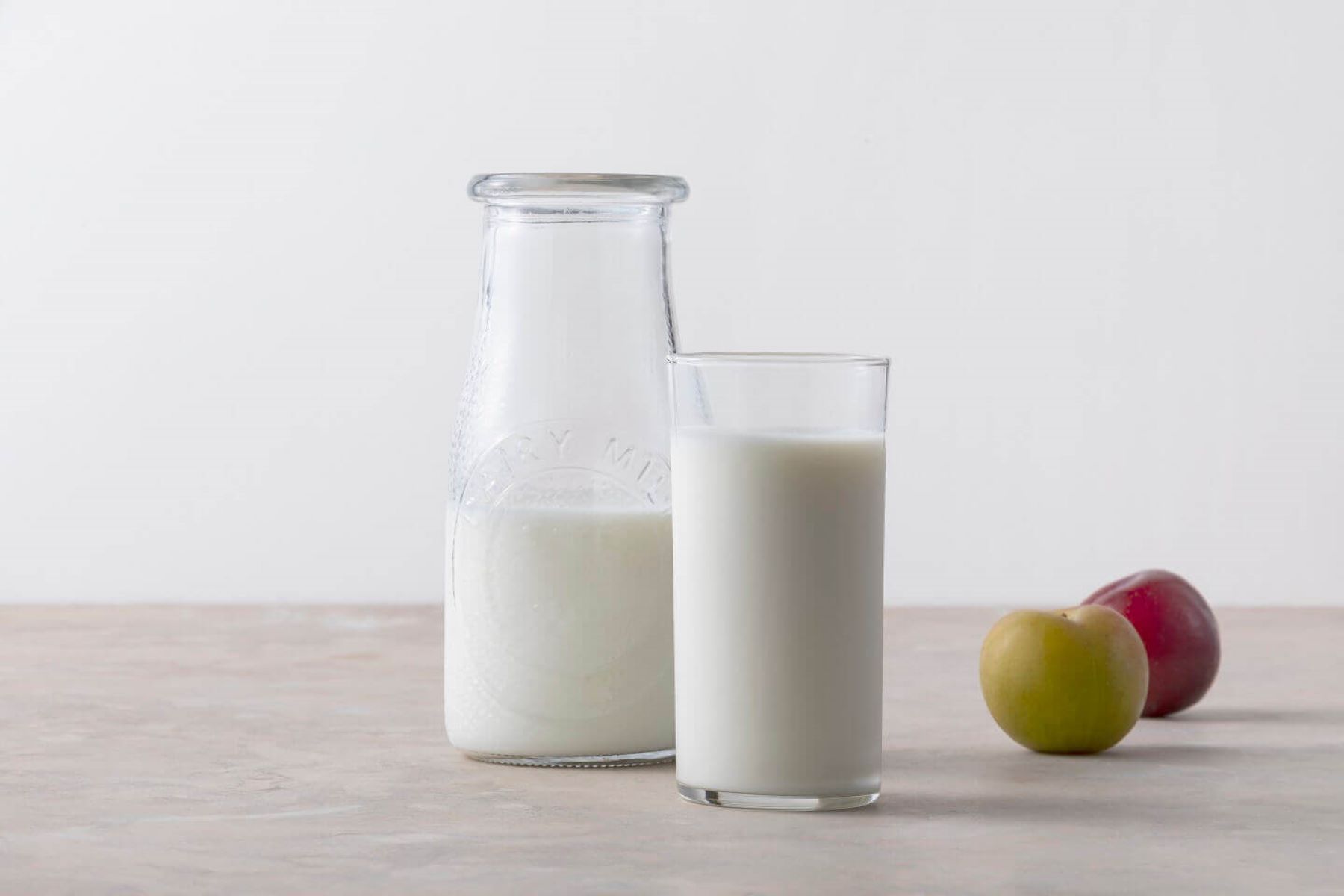


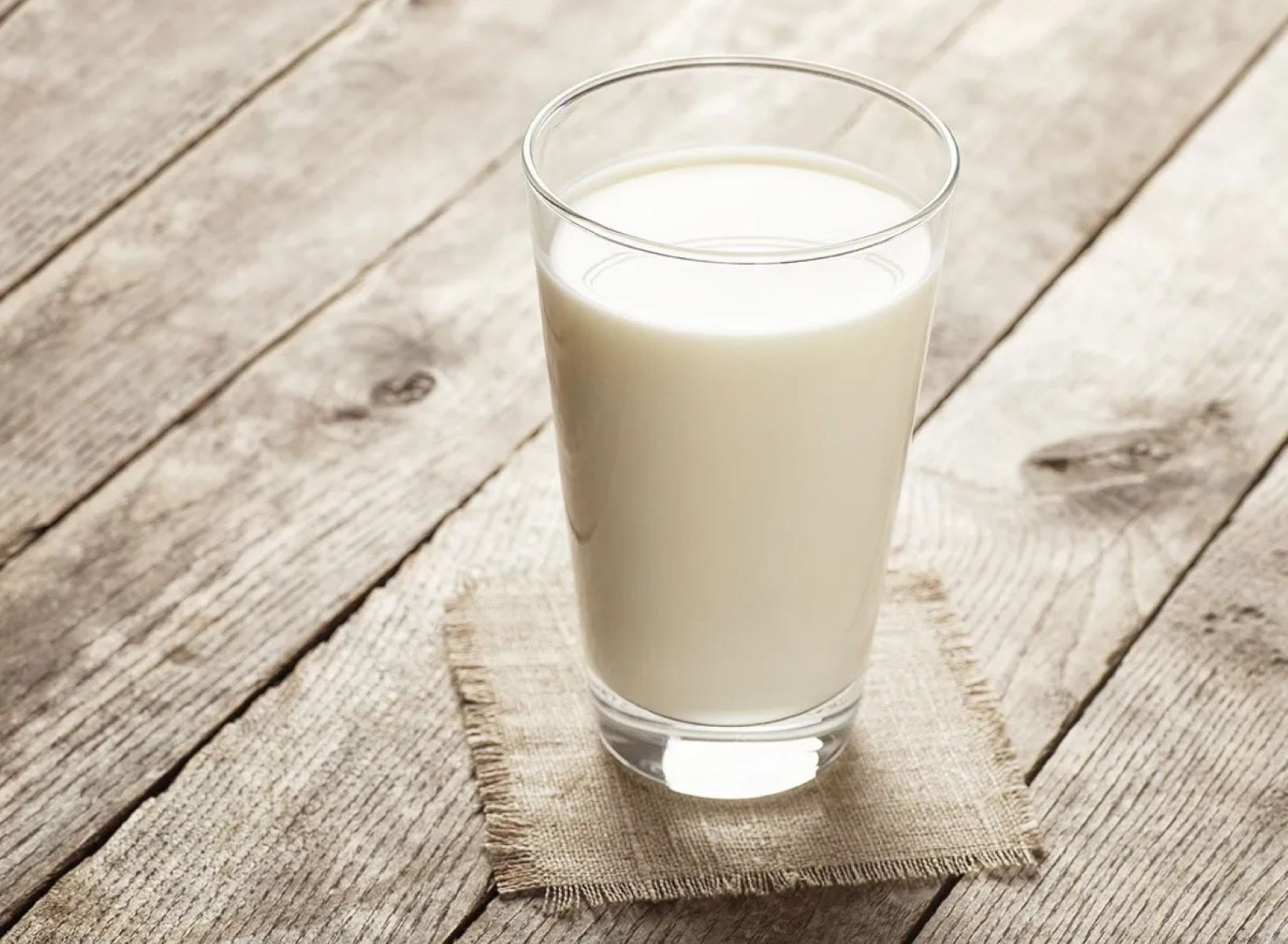
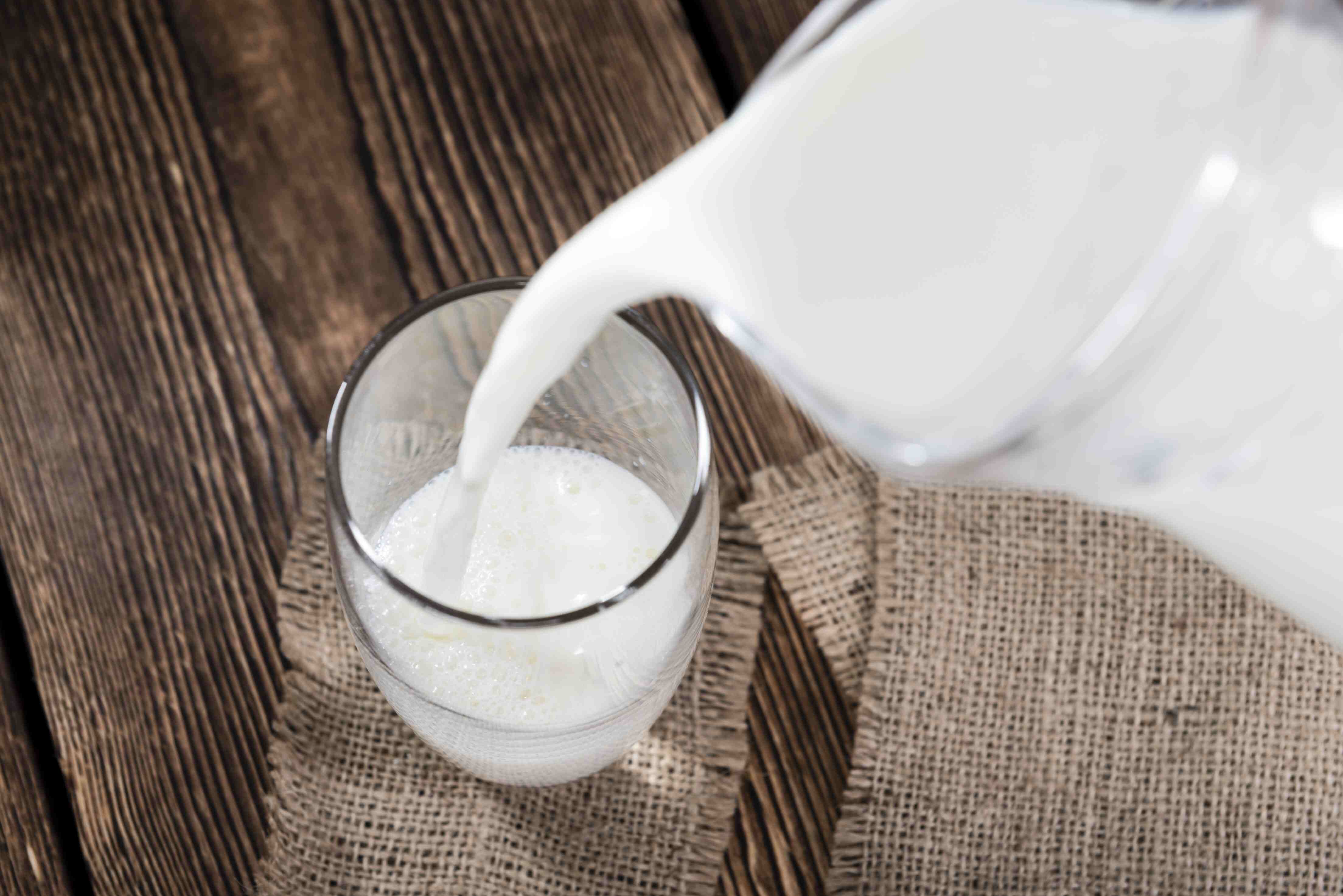

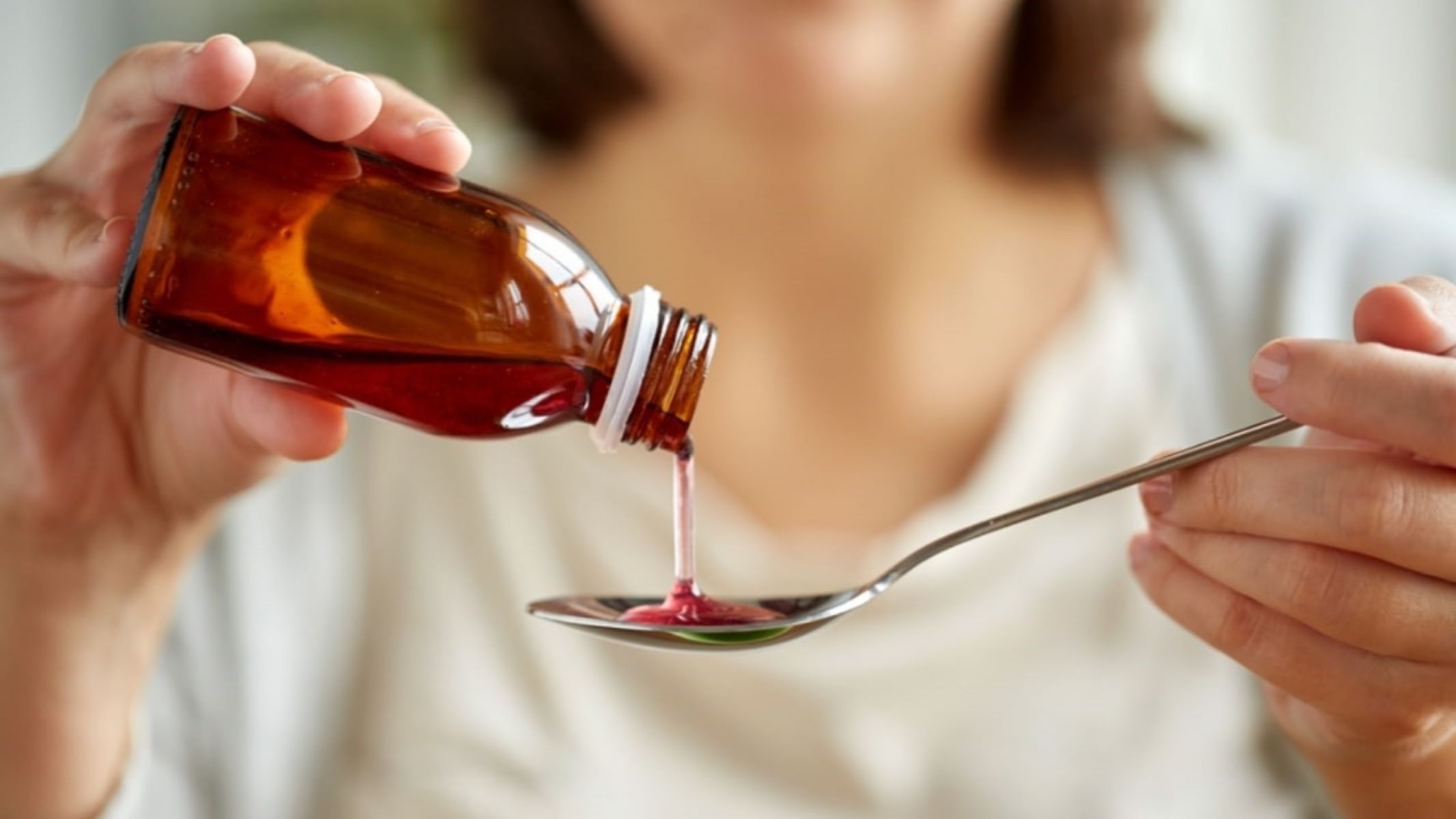

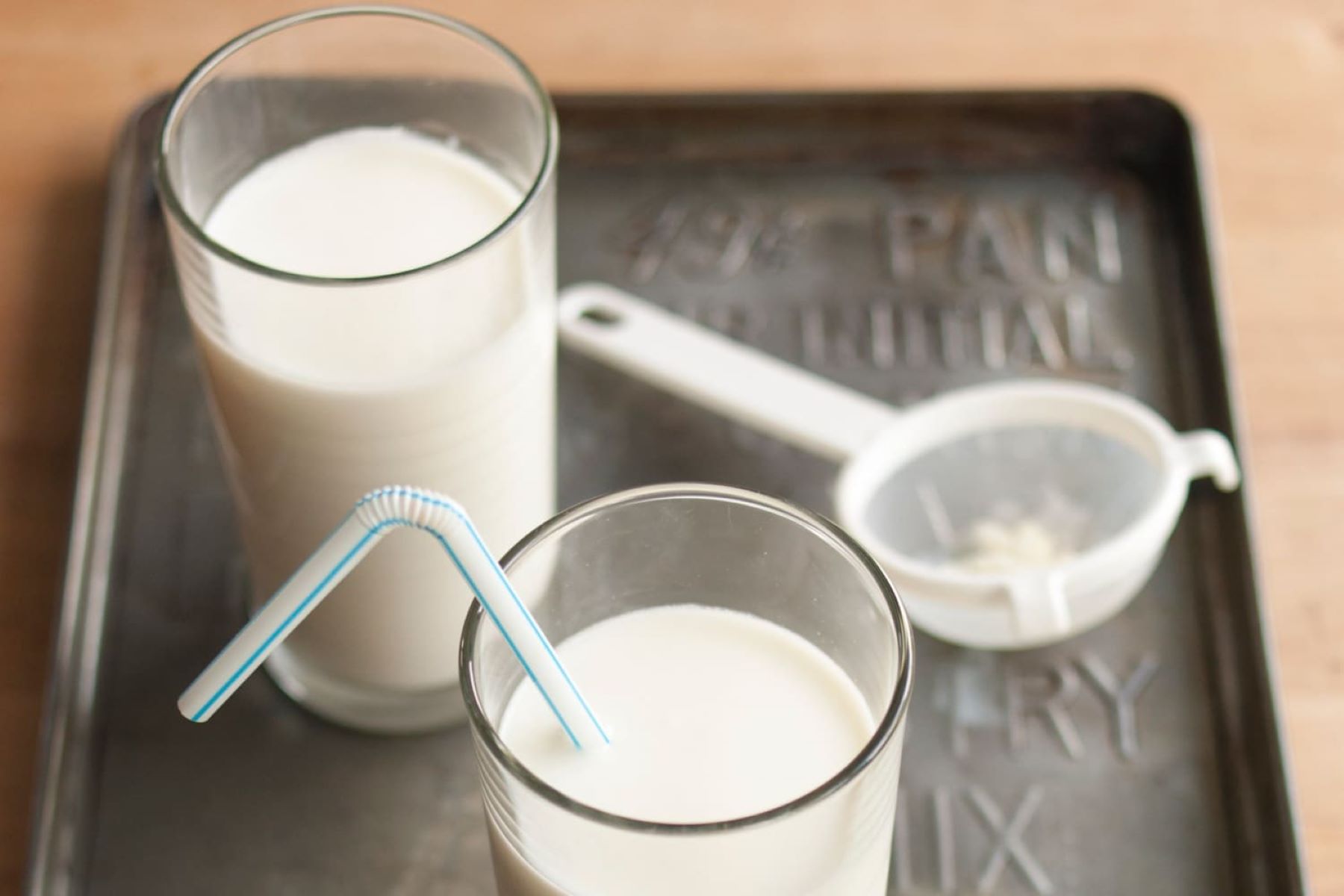







0 thoughts on “How Much Vitamin D In A Glass Of Milk”